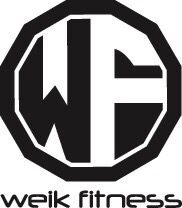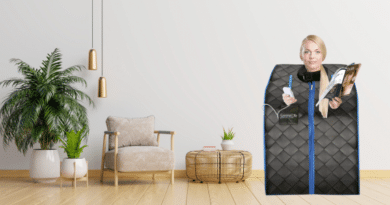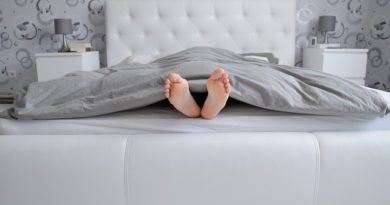Compression Gear: A Comprehensive Look at the Pros and Cons
Do you see people in the gym rocking a pair of compression pants under their shorts or even just the pants? Have you ever wondered why some of your favorite athletes wear compression gear when they play? There’s a good reason.
In this article, we are going to dive deeper into what compression gear is, who should wear it, the pros and cons, as well as the best brands that sell this type of gear.
Related Article: Does Compression Apparel Provide a Performance Enhancement?
Disclaimer: It is recommended that you speak with your doctor before engaging in any exercise or fitness program.
Table of contents
- What is Compression Gear?
- Who Should Consider Wearing Compression Gear?
- What are the Pros of Wearing Compression Gear?
- What are the Cons of Wearing Compression Gear?
- 1. Discomfort and Fit Issues with Compression Gear
- 2. Skin Sensitivity
- 3. Heat Retention
- 4. Cost of Compression Gear
- 5. Limited Scientific Evidence on Compression Gear
- 6. Psychological Dependency
- 7. Compression Gear Overuse Potential
- 8. Medical Considerations
- 9. Compression Gear is Not Suitable for Everyone
- 10. Fashion Limitations
- What Brands Make the Best Compression Gear?

What is Compression Gear?
Compression gear, also known as compression clothing or compression garments, refers to a type of clothing specially designed to apply varying levels of pressure to different parts of the body. The garments are made from elastic materials that tightly fit around the muscles, skin, or joints they cover. They are commonly used in sports, fitness, and medical contexts.
It’s essential to note that while many athletes and individuals believe in the benefits of compression gear, the scientific evidence supporting its claims is somewhat mixed and inconclusive. Some studies suggest benefits in terms of perceived muscle soreness reduction and recovery, while others show little difference compared to regular sportswear.
Related Article: The Best Outdoor Workouts to Spice Up Your Training
As with any athletic equipment or clothing, personal preference, and comfort play a significant role in determining whether compression gear is suitable for an individual. If you are considering using compression clothing for athletic or medical purposes, it is advisable to consult with a healthcare professional or sports specialist to ensure it is appropriate for your specific needs and conditions.
Who Should Consider Wearing Compression Gear?

Compression gear can be beneficial for various individuals in different situations. Here are some groups of people who may consider wearing compression garments:
Athletes and Fitness Enthusiasts
Compression gear is commonly used by athletes and individuals engaged in sports and fitness activities. It may provide support to muscles, reduce muscle fatigue, and aid in post-workout recovery. Athletes participating in high-impact or endurance sports, such as running, cycling, basketball, or weightlifting, often find compression garments helpful.
Recovery and Rehabilitation
Individuals recovering from intense workouts, muscle injuries, or surgery may use compression gear to aid in their recovery process. The enhanced blood circulation and support to the muscles and joints can help reduce swelling and promote healing.
Frequent Travelers
Compression socks are often recommended for individuals who travel long distances, especially by air. Prolonged sitting during flights can lead to blood pooling in the legs, potentially causing discomfort or increasing the risk of deep vein thrombosis (DVT). Compression socks can improve blood circulation and mitigate these risks.
Pregnant Women
Pregnant women may experience swelling in their legs and feet due to increased pressure on blood vessels and hormonal changes. Maternity compression stockings or garments can help alleviate this swelling and provide relief.

Medical Conditions
Compression gear is prescribed for various medical conditions like lymphedema, chronic venous insufficiency, varicose veins, and deep vein thrombosis. Medical-grade compression garments are specifically designed to address these conditions and require proper fitting and prescription.
Occupational Use
People with jobs that involve prolonged periods of standing or sitting, such as nurses, retail workers, and office employees, may benefit from this type of gear to reduce fatigue, discomfort, and the risk of developing varicose veins.
Temperature Regulation
Some athletes and outdoor enthusiasts use compression gear to regulate body temperature during extreme weather conditions. Compression garments with moisture-wicking properties can help keep the body cool and dry in hot environments.
Joint Support
Individuals with joint instability or conditions like arthritis may find compression sleeves or braces helpful in providing additional support and reducing discomfort during physical activities.
What are the Pros of Wearing Compression Gear?
Wearing compression gear comes with several potential benefits, particularly for athletes, individuals with specific medical conditions, and those seeking improved performance and recovery.
Here are some of the pros of wearing compression garments:
1. Muscle Support
Compression gear provides targeted support to muscles, reducing muscle oscillation (vibration) during physical activity. This support can enhance muscle stability and potentially reduce the risk of muscle strains and fatigue.
2. Improved Circulation
The use of this type of gear applies gentle pressure to the body, which can help improve blood circulation. This enhanced blood flow can aid in delivering oxygen and nutrients to the muscles and facilitate the removal of waste products, promoting better performance and faster recovery.
3. Reduced Muscle Fatigue and Soreness
Compression garments may help reduce muscle fatigue and post-exercise soreness by stabilizing the muscles and improving blood circulation. This can allow athletes and fitness enthusiasts to train at a higher intensity and recover more effectively.
4. Faster Recovery
Many people utilize compression gear as part of their post-workout recovery phase. The improved blood circulation and reduced muscle swelling can aid in the repair of muscle tissue and minimize recovery time.
5. Injury Prevention
The support provided by compression clothing can help reduce the risk of certain injuries, such as muscle strains and micro-tears. Additionally, compression gear can enhance proprioception (awareness of body position), potentially reducing the likelihood of awkward movements and injuries.
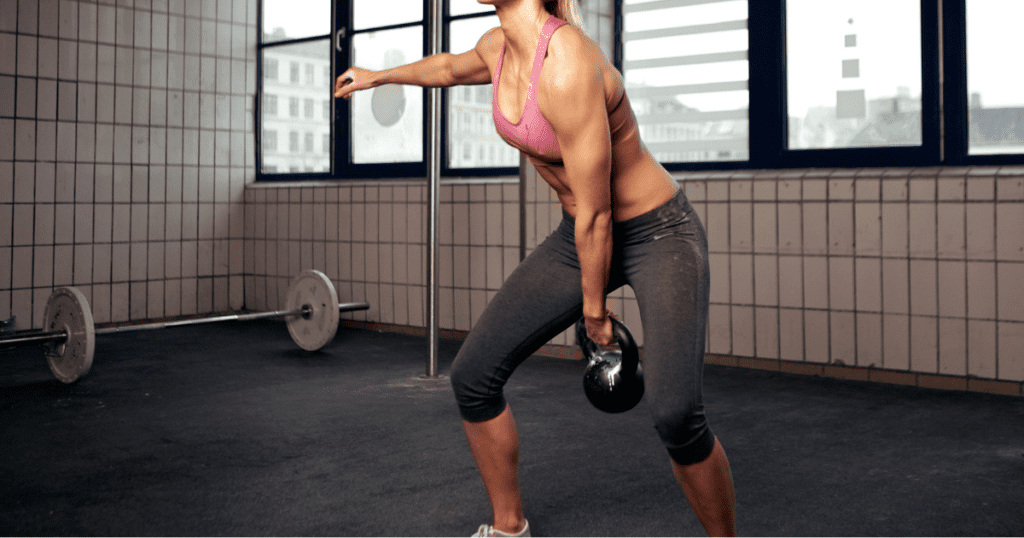
6. Temperature Regulation
Some compression gear is designed with moisture-wicking properties, which help keep the body cool and dry during physical activity. This can be especially advantageous during intense workouts and hot weather conditions.
7. Lymphedema and Venous Insufficiency Management
Medical-grade compression gear are used to manage conditions like lymphedema and chronic venous insufficiency. These garments help improve lymphatic and venous circulation, reducing swelling and discomfort.
8. Travel Comfort
Compression socks are commonly worn during long flights to prevent blood pooling in the legs and reduce the risk of deep vein thrombosis (DVT). They can provide increased comfort during travel, especially for those with circulatory issues.
9. Pregnancy Support
Maternity compression garments can alleviate swelling in the legs and provide support for pregnant women, helping them stay more comfortable during pregnancy.
10. Joint Stability
Compression sleeves and braces can provide additional support and stability to joints, which can benefit individuals with joint instability or conditions like arthritis.
11. Post-Surgery Recovery
Compression garments may be recommended after certain surgical procedures to aid in healing, reduce swelling, and improve blood circulation in the affected area.
What are the Cons of Wearing Compression Gear?

While compression garments offers several potential benefits, there are also some drawbacks and considerations associated with its use.
Here are some of the cons of wearing compression gear:
1. Discomfort and Fit Issues with Compression Gear
Ill-fitting compression garments can cause discomfort, chafing, or restriction of movement. Choosing the right size and style of compression gear is crucial to ensure a proper fit and avoid any negative effects.
2. Skin Sensitivity
Some individuals may experience skin irritation or sensitivity to the materials used in compression gear, especially if they have allergies or skin conditions. It’s essential to be mindful of any adverse reactions and discontinue use if necessary.
3. Heat Retention
While many compression garments are designed with moisture-wicking properties, some individuals may find that compression gear retains heat, leading to discomfort during intense physical activity or in hot weather conditions.
4. Cost of Compression Gear
High-quality compression gear can be more expensive than regular sportswear or clothing. This can be a significant consideration, especially for individuals on a budget.
5. Limited Scientific Evidence on Compression Gear
While some studies support the benefits of compression gear, the scientific evidence is not entirely conclusive for all claimed advantages. The effectiveness of compression clothing may vary from person to person, and not everyone may experience the same benefits.
6. Psychological Dependency
Some athletes or individuals may develop a psychological dependency on compression gear, believing that they cannot perform well without it. While compression garments may offer support and benefits, it’s essential to maintain a balanced approach to training and performance.
7. Compression Gear Overuse Potential
Excessive and continuous use of compression gear, especially during non-physical activities, may not provide additional benefits and could lead to dependency on the gear. It’s important to use compression clothing appropriately and as recommended.
8. Medical Considerations
While compression gear can be beneficial for specific medical conditions, wearing the wrong type or compression level without medical advice can potentially cause harm. Medical-grade compression garments should be prescribed and used under the guidance of a healthcare professional.
9. Compression Gear is Not Suitable for Everyone
Compression gear may not be suitable for certain individuals, such as those with certain circulatory disorders, blood clotting issues, or other medical conditions. People with these conditions should consult a healthcare professional before using compression gear.
10. Fashion Limitations
While compression gear has become more stylish in recent years, it may not always align with personal fashion preferences, making some individuals reluctant to wear it in specific settings.
What Brands Make the Best Compression Gear?
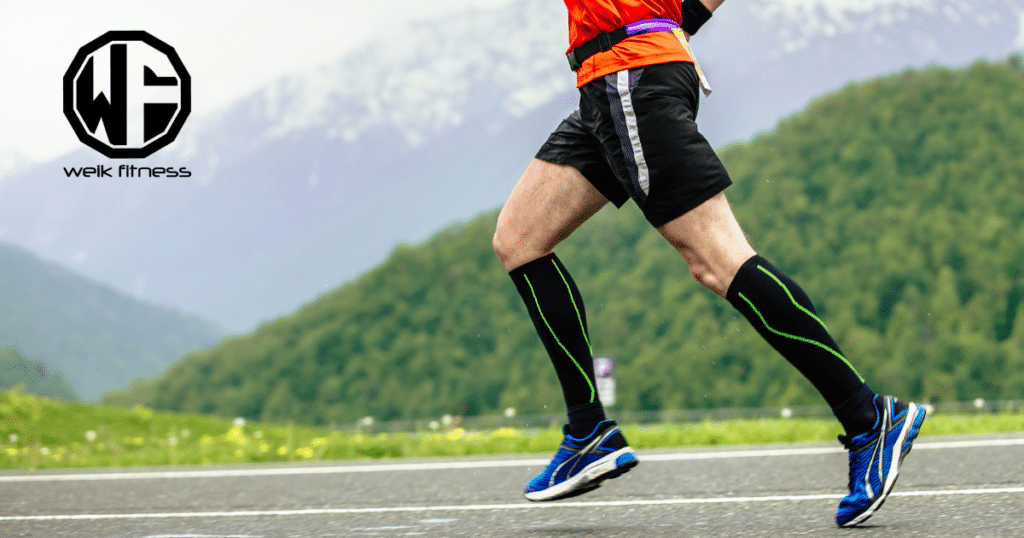
Here are some well-known brands that have been recognized for their compression gear:
2XU — Is a popular brand known for its premium gear designed for various sports and fitness activities.
Skins — Skins is another well-regarded brand with a range of gear, including compression tights, tops, and sleeves.
CW-X — This brand specializes in compression gear with targeted support for specific muscles and joints, aiming to enhance performance and reduce fatigue.
Nike — As a prominent sportswear brand, Nike offers compression gear for athletes and fitness enthusiasts.
Under Armour — Under Armour’s compression gear is designed to provide support and comfort during workouts and training sessions.
CEP — Known for its medical-grade gear and graduated compression technology, CEP offers products for both sports and medical applications.
Reebok — Reebok also offers compression gear for various sports and training purposes.
McDavid — McDavid is known for its compression sleeves and braces, providing support for joints and muscles.
Zensah — This brand is recognized for its compression sleeves, socks, and apparel, targeting runners and athletes.
CompressionZ — A brand that offers a wide range of gear for athletes, fitness enthusiasts, and individuals seeking post-workout recovery support.
Remember that the best brand for compression gear can vary depending on individual preferences, needs, and specific use cases. Some brands may excel in certain types of compression garments, such as sleeves or socks, while others may have a broader range of products suitable for various activities. Additionally, individual body shapes and sizes can affect how well a particular brand’s compression gear fits and performs.
Related Article: Muscle Recovery After 50 — Effective Ways to Feel Less Sore
Before making a purchase, read reviews, compare features, and consider your specific requirements to find the compression gear that best suits your needs. As mentioned earlier, always check for the most recent information and updated reviews to ensure you choose from the latest offerings in the market.


*Disclosure: This article may contain affiliate links or ads, which means we earn a small commission at no extra cost to you if you make a purchase through these links. These commissions help support the operation and maintenance of our website, allowing us to continue producing free valuable content. Your support is genuinely appreciated, whether you choose to use our links or not. Thank you for being a part of our community and enjoying our content.
PLEASE CONSIDER SHARING THIS ON YOUR SOCIAL MEDIA TO HELP OTHERS LEARN MORE ABOUT THIS TOPIC.
